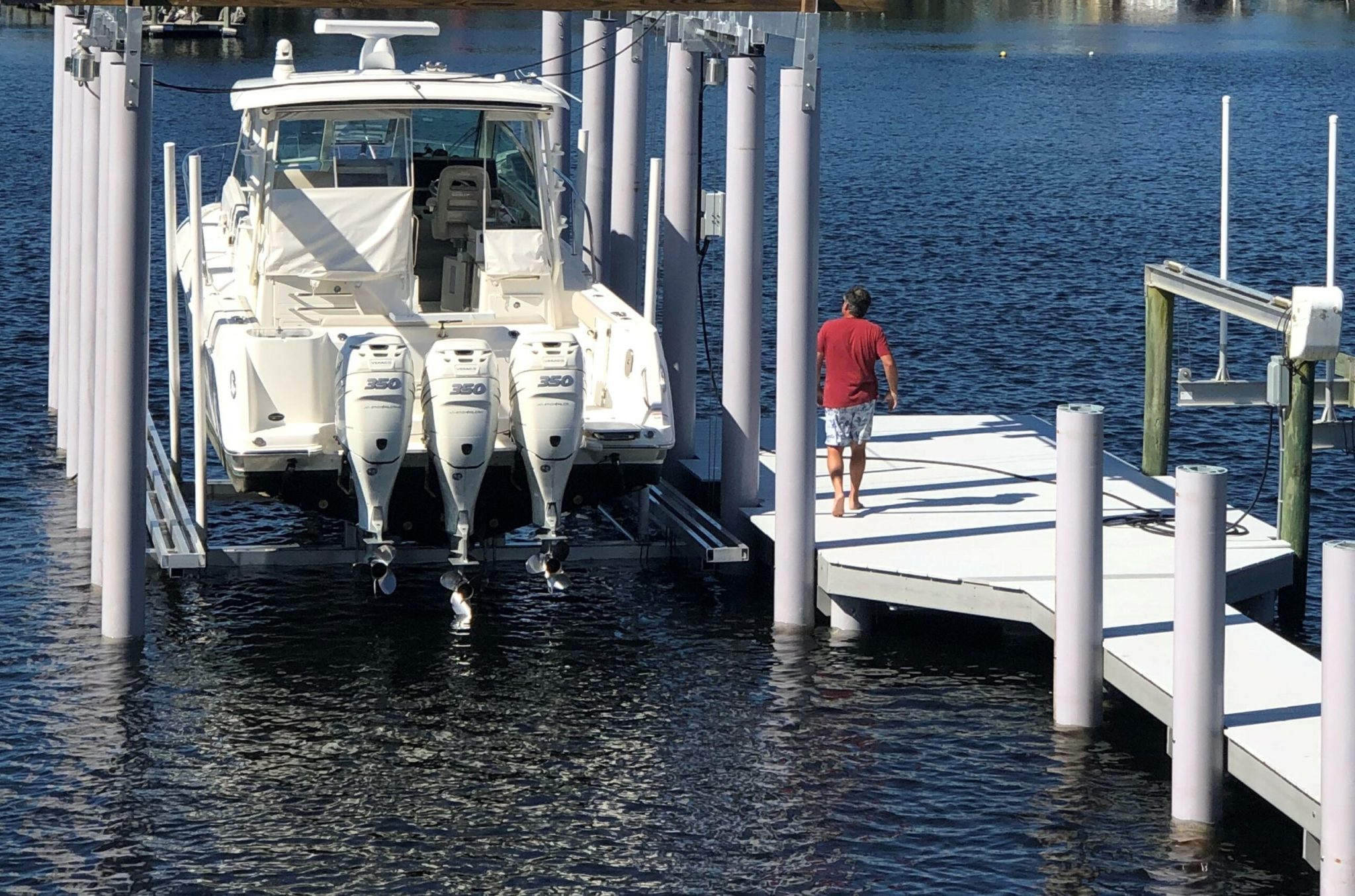How Long Do Wood Pilings Last in Saltwater?
How Long Do Wood Pilings Last in Saltwater? (Marine Piling Lifespan Guide)
If you’re building or maintaining a dock, pier, or bulkhead, there’s one question that always floats to the top: How long do wood pilings last in saltwater? The answer? Well, it depends—on your location, the type of wood, and the kind of treatment used. Let’s dive into what really determines how long your marine pilings will stand strong against the tide.
Why Saltwater is Brutal on Wood Pilings
Saltwater is the ultimate stress test for any material—especially wood. It’s not just water exposure. It’s a combination of factors like:
- Salt content, which accelerates corrosion and decay
- Marine borers, such as shipworms and gribbles
- Constant moisture, which creates the perfect environment for fungal decay
- Wave action, tides, and currents, causing physical stress over time
- UV exposure breaking down unprotected surfaces
It’s not a matter of if your pilings will wear down—it’s a matter of when, unless you choose the right materials from the start.
Factors That Affect Saltwater Piling Lifespan
1. Treatment Type & Retention Level
The most important factor influencing lifespan is whether the wood is pressure-treated and what retention level is used. For marine environments, CCA (Chromated Copper Arsenate) at 2.5 pcf (pounds per cubic foot) is the industry gold standard.
Pro Tip: Always verify the treatment retention level. Marine-grade wood should meet AWPA UC5B or UC5C standards.
2. Wood Species
Not all wood is created equal. Here’s a quick breakdown:
- Southern Yellow Pine – Most commonly used and very effective when treated properly
- Douglas Fir – Used in some regions but less durable in saltwater unless heavily treated
- Greenheart (exotic hardwood) – Extremely durable even without treatment, but expensive and hard to source
3. Geographic Region & Climate
This is where things get interesting—and hyperlocal. Climate plays a massive role in how fast pilings deteriorate.
Gulf Coast (e.g., Texas, Louisiana, Florida)
- Warm waters + high salinity + aggressive marine borers
- Life expectancy: 25–35 years with properly treated pilings
- Without treatment: 5 years or less
Northeast U.S. (e.g., New York, Maine, Massachusetts)
- Cooler water temperatures + seasonal freeze/thaw cycles
- Fewer marine borers, but still moisture and UV damage
- Life expectancy: 30–50 years with proper treatment
- Without treatment: 7–10 years (though still not recommended!)
Pacific Northwest (e.g., Washington, Oregon)
- High rainfall + cold water + slower marine activity
- Life expectancy: 40–60 years with treated wood
- Without treatment: still risky due to rot and fungi, especially in brackish zones
4. Installation Method
Pilings that are improperly installed—crooked, too shallow, or without pile caps—can deteriorate more quickly. Vibration-driven pilings tend to create tighter soil contact, which can reduce decay near the mud line.
5. Maintenance Practices
Even the best piling can deteriorate prematurely without occasional inspections and upkeep.
- Add pile caps to reduce UV and moisture penetration from the top
- Inspect annually for signs of rot, boring holes, or shifting
- SnapJacket and other repair products can extend the lifespan if degradation begins
Treated vs. Untreated Wood Pilings in Saltwater
| Piling Type | Expected Lifespan (Saltwater) | Pros | Cons |
|---|---|---|---|
| Treated Wood (CCA 2.5 pcf) | 30–50+ years | Cost-effective, widely used | Needs careful spec verification |
| Untreated Wood | 1–10 years (varies by region) | Cheap initially | High failure risk, short life |
| Composite (EcoPile) | 50+ years | Maintenance-free, eco-friendly | Higher upfront cost |
Signs It’s Time to Replace Your Pilings
- Visible rot or soft spots near the mud line
- Marine borer tunnels (tiny holes in the wood)
- Tilting or shifting structure
- Cracking or splintering above waterline
If you see these, don’t wait—it’s almost always cheaper to reinforce or replace early than to rebuild entirely.
Final Verdict: How Long Will Yours Last?
If you’re on the Texas Gulf Coast, you can expect 25–35 years of performance with properly treated pilings. Head up to New England, and you might get 40–50 years. And with composite pilings like EcoPile? You’re looking at 50+ years with zero rot or marine borer risk.
Your climate, material choice, and attention to detail all add up. The more extreme the marine environment, the more critical your decision becomes.
👉 Need help choosing pilings for your waterfront project?
Call 1 (800) 716-0636 or visit americanpoleandtimber.com for expert advice and nationwide delivery of premium marine-grade pilings.

EcoPile – The Permanent Piling
The last piling you’ll ever install. It’s as simple as that.
